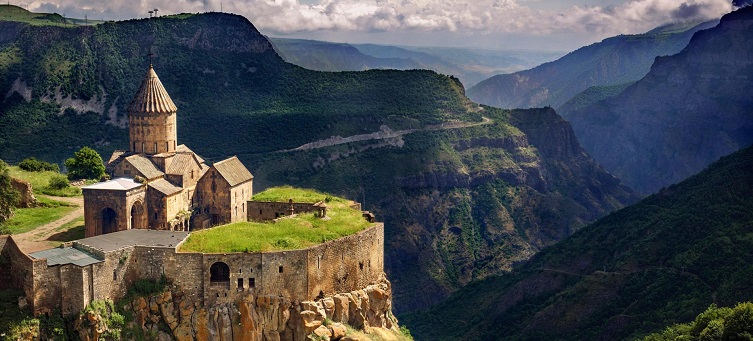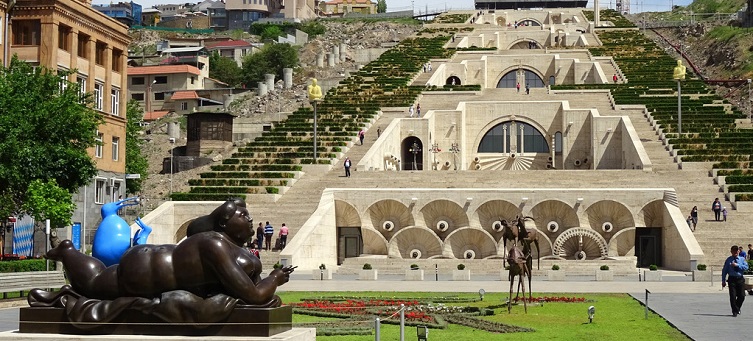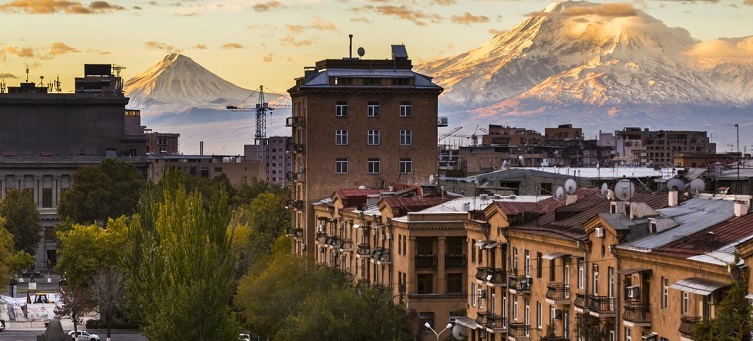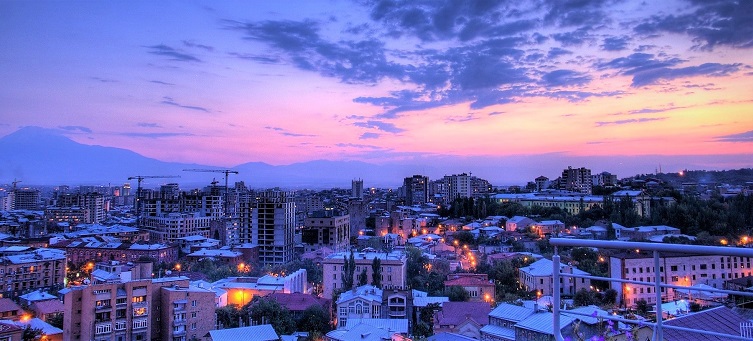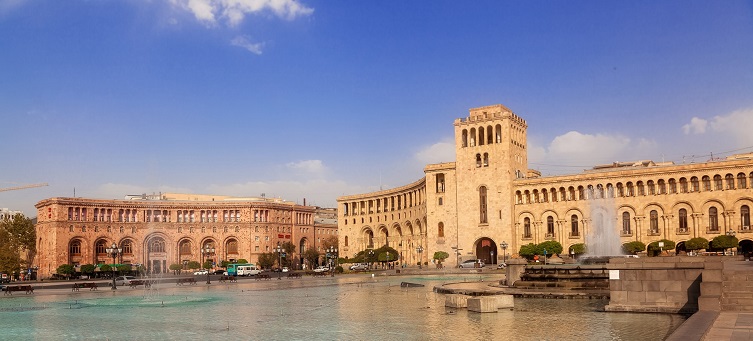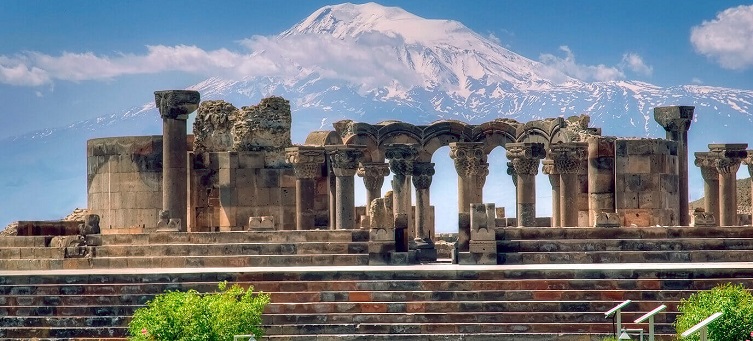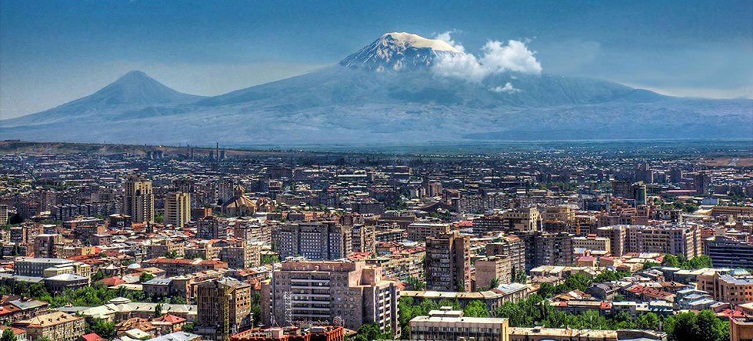The foreigners of different sources, different social and property conditions, different tribes, nations and religions, different gender, languages, etc have a possibility to study. The admission rate range is 70-80% making this Armenian higher education organization a somewhat selective institution. International students are welcome to apply for enrollment.
The colleges in Armenia combine theoretical and practical learning in such a way that students are taught in the most effective way possible. All the professors who teach in Armenia are highly trained to deal with international students. The use of innovative teaching aids and modern instruments make the quality of education in Armenia very high. The instruction medium is in English allowing international students to concentrate on learning rather than learning a new language
Education planning is a predictable process, as the need for education is clearly demarcated in accordance with age. The combined annual costs vary depending on the country chosen for getting higher education.Tuition fees has risen by about 30% overall, over the past few years due to a number of legislative decisions, and this had created some economic hardship on some students.The fee structure in most of the universities in Armenia is quite affordable. As a result, it attracts the Indian students to fulfill their dream of pursuing world class education. Along with the reasonable fee structure, the cost of living is affordable.
The age of the students needs to be between 17 years and below 25 years before the date of admission.
Student must have to complete 12th with 60% mark in PCB(Physics, Chemistry, Biology).
student must have qualified in NEET 2020.
Armenia, officially known as Republic of Armenia, lies in the South Caucasus region of Eurasia. It is particularly a mountainous country. The capital and the largest city of Armenia is Yerevan. The widely spoken and official language of the country is Armenian. Armenian homeland was divided into Ottoman and Russian empires in early 19th century. Armenia became independent in year 1918. However, between years 1920 to 1990, Armenia came under the rule of Soviet Union. The country got true independence in year 1991. Armenia is a unitary, multi-party, democratic nation-state with an ancient cultural heritage. Armenia has a population of 2,924,816 (2016 est.) and is the second most densely populated of the former Soviet republics. There has been a problem of population decline due to elevated levels of emigration after the break-up of the USSR. In the past years emigration levels have declined and there is steady population growth. Armenian is the only official language. The main foreign languages that Armenians know are Russian and English. Due to its Soviet past, most of the population can speak Russian quite well. Armenians have their own distinctive alphabet and language. The alphabet was invented in AD 405 by Mesrop Mashtots and consists of thirty-nine letters, three of which were added during the Cilician period. 96% of the people in the country speak Armenian, while 75.8% of the population additionally speaks Russian, although English is becoming increasingly popular. Armenian Dram is a national currency of Armenia.
In Armenia the climate is continental, with cold winters and hot summers, and usually with little rain. Armenia is a mountainous country, and only a small portion of its territory is located below 1,000 metres (3,300 feet) above sea level, while there are no plains: the climate becomes both colder and wetter (and snowy in winter as well) with increasing altitude, while at lower elevations the rains are scarce and the summer is very hot. The driest region, where precipitation drops below 300 millimeters (12 inches) per year, is the west, which includes the capital, and its altitude goes below 1,000 meters (3,300 feet).In winter, cold air masses predominate, and after having reached the country from the north, they tend to stagnate in the valleys, causing severe frosts; spring is a volatile season and sees the most frequent rains, though generally they remain not abundant, because as mentioned, this country is generally arid, at least at lower elevations. Summer is dry and sunny, but with some afternoon thunderstorms in the mountains.
From the mountains, a down-slope dry and warm wind similar to Föhn or Chinook can reach the valleys, especially in winter, but also in spring and autumn.The capital Yerevan is located at 800 meters (2,600 feet) above sea level, therefore at the lowest altitudes of the country, and has an average temperature in January of -3.5 °C (25.5 °F), and of 25 °C (77 °F) in July, with a maximum average temperature of 33 °C (91 °F), but also with peaks of about 40 °C (104 °F). So here summer is hot despite the altitude, even though the humidity is low and the breezes from the mountains bring a bit of relief. Winter is rather cold: in a year there are on average a hundred days with minimum temperatures below freezing, and snow, though usually not abundant, can cover the ground for weeks. In winter the mountains are covered with snow and the inhabitants of the capital go skiing in Tsaghkadzor.
Studying and living in Armenia will be a new experience. While going for study abroad in Armenia, one may have several questions running through their mind related to studying and living in Armenia.The living expenses vary depending on the lifestyle. The average monthly living expenses for international students in Armenia is $570 to $735, it is very low compare to other country, including accommodation, food, utilities, and other necessary things.It is easy and comfortable to get around the country through Public transports. Taxi cabs, buses, minivans, minibuses, and trams are available in the country and are easily available.In Armenia, there are several housing options available for students. Higher education institutions in Armenia provide hostels to students and they are generally not expensive like University Hostels, Dormitory, Homestay / Host Family, Apartment / Flat.
University hostel are offered comfortable rooms with a picturesque view of Ararat Valley (Mount Ararat). The hostel is situated at 4-5 km from the University. Hostel accommodation is provided at a nominal fee. Here, students are provided with basic facilities. Indian students won’t have to face any difficulty when it comes to access to food as the campus mess offers Indian cuisines and delicacies to the students during their tenure. Also, there are a lot of Indian restaurants which offer Indian food at highly affordable prices so that the students can enjoy their stay in the country.
The MBBS course in Armenia is affordable for people who failed to get through MBBS in Indian public universities since Indian private universities are very expensive. The degrees awarded by the universities in Armenia are recognized by MCI/WHO. Armenian medical universities are known for their infrastructure that helps students become expert medical professionals.
Universities aims at producing medical doctors specialized in the field of traditional medicine, who would employ the modern clinical methods of diagnosis and treatment in conjunction with the traditional methods of medicine. Some of the traditional medical practices include Moxibustion /needly-burning/, therapy, phytotherapy, iridodiagnostics, homeopathy and manual therapy. The duration of this program is 6 years. Students have to provide high school certificates (class X or XII) with min. 50% marks in Physics, Chemistry and Biology.

